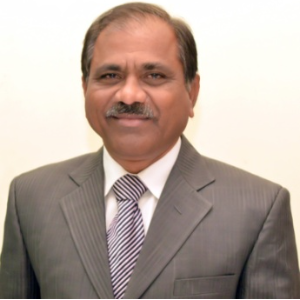Title : Engineering of bulk and nanomaterials for smart sensing of gas, light and food freshness
Abstract:
There is a strong interest and need in the development of wide band gap (~ 3.4 eV) semiconductor sensors, for the detection of toxic, hazardous, combustible and inflammable gases [1-3]. They are utilized for security, safety, food freshness, light detection and ranging, medical diagnosis and monitoring environmental pollution [4-9]. Nowadays, available traditional type semiconducting gas sensors have major problems. Many international leading industries viz. Figaro Engineering Inc, Sierra Monitors Inc, IST, etc., already fabricated the gas sensor models [10]. However, few of them have limitations of sensing the gases below Threshold Limit Value, high cost, difficulties in availability, etc. Most of the researchers are taking efforts in developing the sensor models. For large applicability to Laymen, features of the sensors must be improved, viz. high response at trace level of the gas (ppm, ppb or even sub-ppb level), quick response-recovery profile, longer life time, long-term stability, high selectivity to a particular gas among the mixture of gases, low cross sensitivity, sensor location judgment, low cost, low power consumption, portable in size, etc. These features mainly depend on and co-related with crystallite size, thickness of sensor, nature of additives and their concentrations, microstructures and nanostructures, temperature, etc. The efforts are made in the said direction to develop the smart sensors from bulk and nanomaterials, viz. ZnO, Bi2O3, SnO2, MnO2, ZrO2, etc [11-15].
Also, nowadays, people have very busy schedule and they prefer the foods and junk foods in readily available packets. The packets are not stored as per the directions of food storage technology. As a result, the foods are degraded in somewhat proportions. On consumption of such degraded foods, people may suffer from diarrhoea, indigestion, stomach disorders, vomiting, acidity, headache, body ache, food poisoning, etc. So, it is today’s need to detect the degree of degradation of such readily available foods in the markets.
Nanostructured material composites were synthesized by disc type ultrasonicated microwave assisted centrifuge technique. The electrical behavior, gas sensing and food freshness of such nanocomposites have been investigated in our laboratory [16-21]. The efforts are made to develop the sensors monitoring food freshness at low cost. The quick response and fast recovery are the main features of this sensor.


